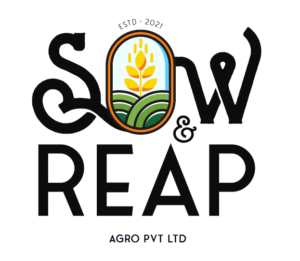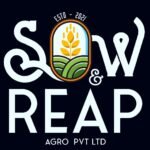Social Impact
We foster solutions for a Sustainable Agrarian Future
We contribute to five SDG goals
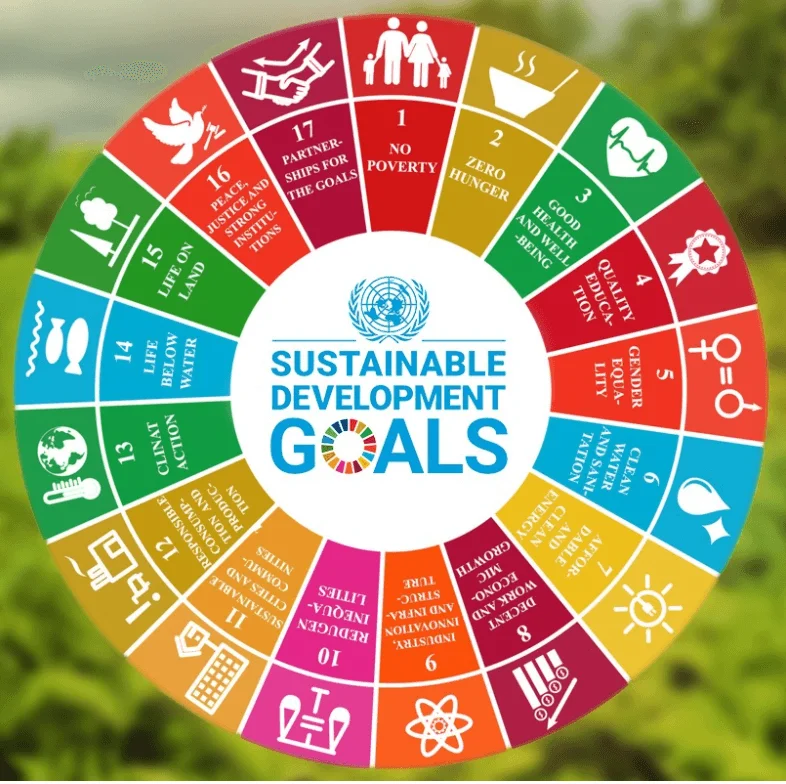
Farming reduces poverty through economic opportunities, improved food security, market access, empowering rural communities, and skills development.
Farming is essential for zero hunger through increased food production, sustainable practices, smallholder empowerment, crop diversification, market access, and climate resilience.
Climate Action Farming, adapting regenerative techniques, precision farming, and emission reduction strategies. They enhance soil health, conserve resources, and protect biodiversity. Let's support their efforts for a sustainable future.
Sow and reap agriculture, also known as the cycle of planting and harvesting, encompasses a range of benefits that contribute to sustainable development and the well-being of communities.
One of the primary advantages of sow and reap agriculture is sustainable food production. By following the natural cycle of sowing seeds and reaping the harvested crops, farmers can maintain a continuous supply of food. This reduces dependence on external sources, enhances food security, and promotes self-sufficiency within communities and regions. Additionally, sowing and reaping crops in a sustainable manner, such as using organic farming practices or adopting agroecological approaches, helps minimize environmental impacts, protect soil health, and preserve biodiversity.
Economically, sow and reap agriculture provides stability and income generation for farmers. The sale of harvested crops contributes to the local economy and creates employment opportunities within agricultural communities. This economic stability supports rural development, improves livelihoods, and stimulates overall economic growth.
The practice of sowing and reaping also promotes crop diversity. Farmers who engage in this cycle tend to cultivate a variety of crops, which is beneficial on multiple fronts. Crop diversity enhances resilience within agricultural systems, making them more resistant to pests, diseases, and environmental fluctuations. It also promotes dietary diversity, ensuring communities have access to a wide range of nutritious foods, thereby improving overall nutrition and health.
In terms of environmental conservation, sow and reap agriculture can have positive impacts. Following proper sowing and reaping practices, such as rotating crops, implementing agroforestry systems, or utilizing cover crops, helps maintain soil fertility, prevent erosion, and conserve water resources. Moreover, by preserving natural ecosystems and biodiversity, sow and reap agriculture contributes to the long-term sustainability of the environment.
Sow and reap agriculture is closely intertwined with community development. It provides employment opportunities, stimulates local economies, and fosters social cohesion within farming communities. Additionally, the practice helps preserve traditional farming knowledge and cultural practices, ensuring the transmission of valuable skills and cultural heritage to future generations.
Overall, sow and reap agriculture embodies the principles of sustainability, resilience, and self-sufficiency. By adhering to this cycle, farmers can achieve multiple benefits, including sustainable food production, economic stability, food security, environmental conservation, community development, and the preservation of cultural traditions. Embracing the cycle of sowing and reaping is not only advantageous for individual farmers but also contributes to the broader goal of achieving sustainable development and improving the well-being of communities.
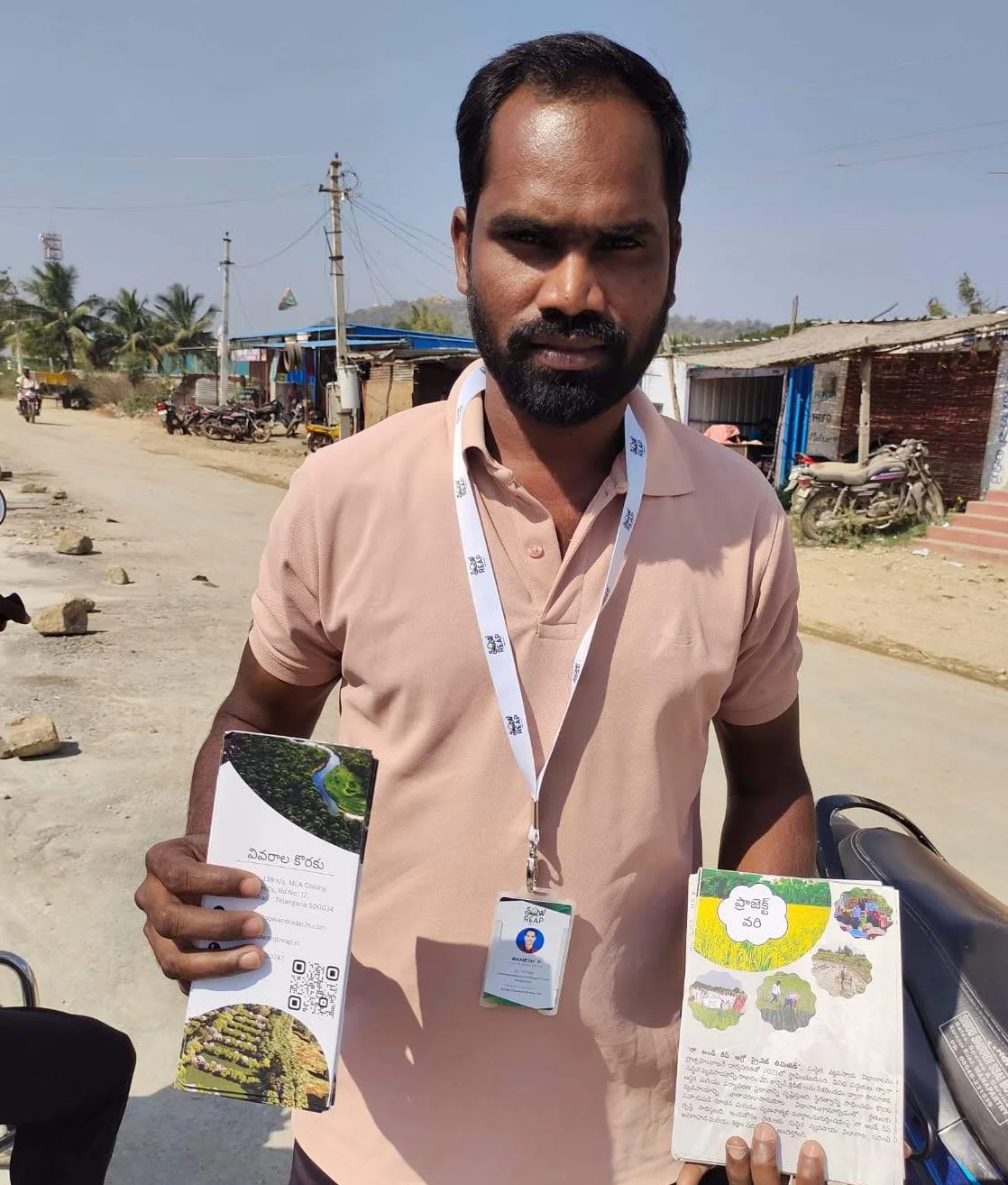
Generating Employment
After onboarding a farmer, Sow and Reap appoints a person who in charge for every district to monitor the progress of every farmer. They monitor the farming process and help maintain the required water level to reduce the consumption of water and to maximize the produce. Sow and Reap was able to provide employment to more 3000 people so far.
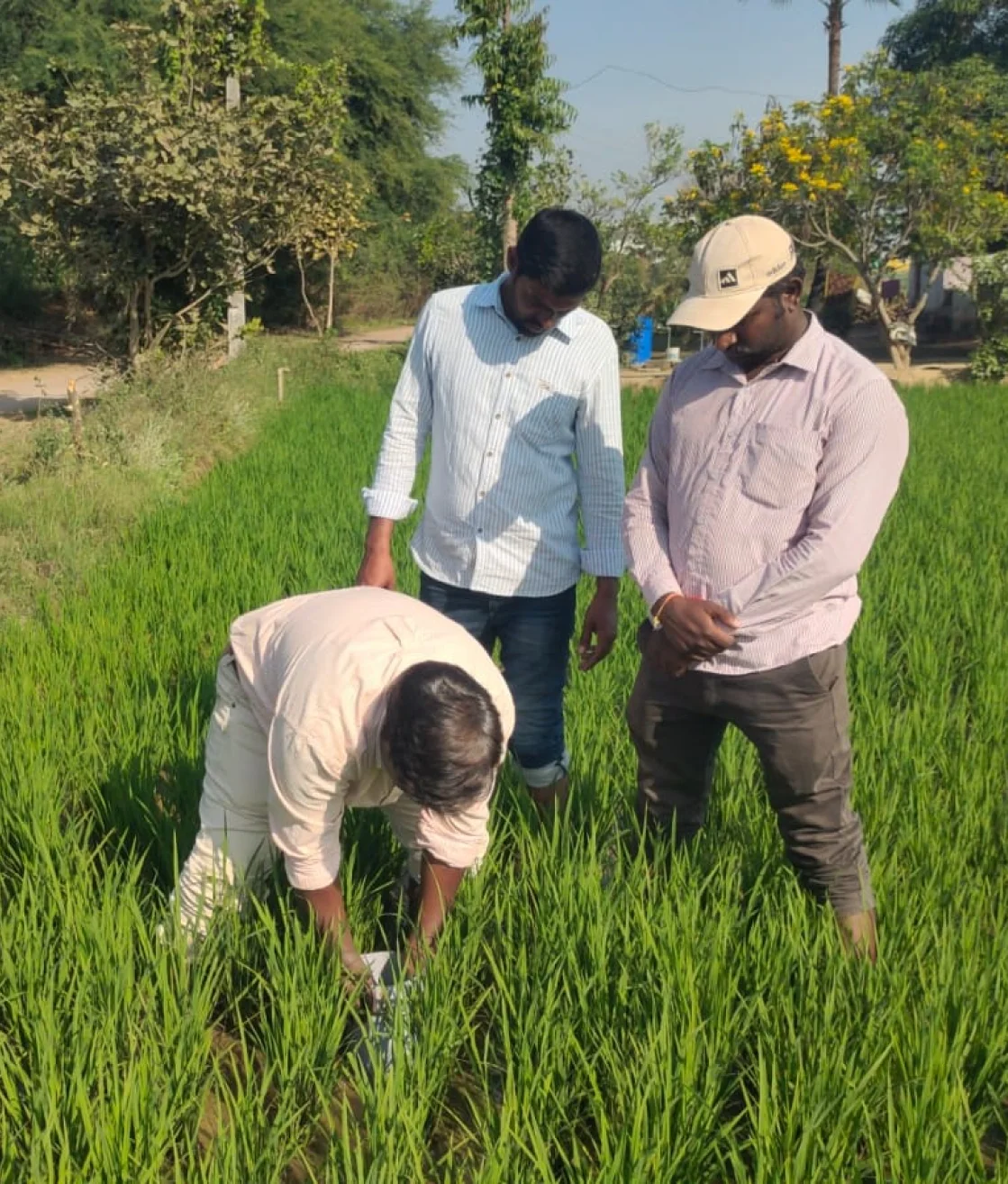
Climate action
We embrace climate action through sustainable practices. We prioritize soil health, carbon sequestration, and biodiversity preservation, contributing to a resilient and carbon-neutral agricultural system that mitigates climate change impacts.
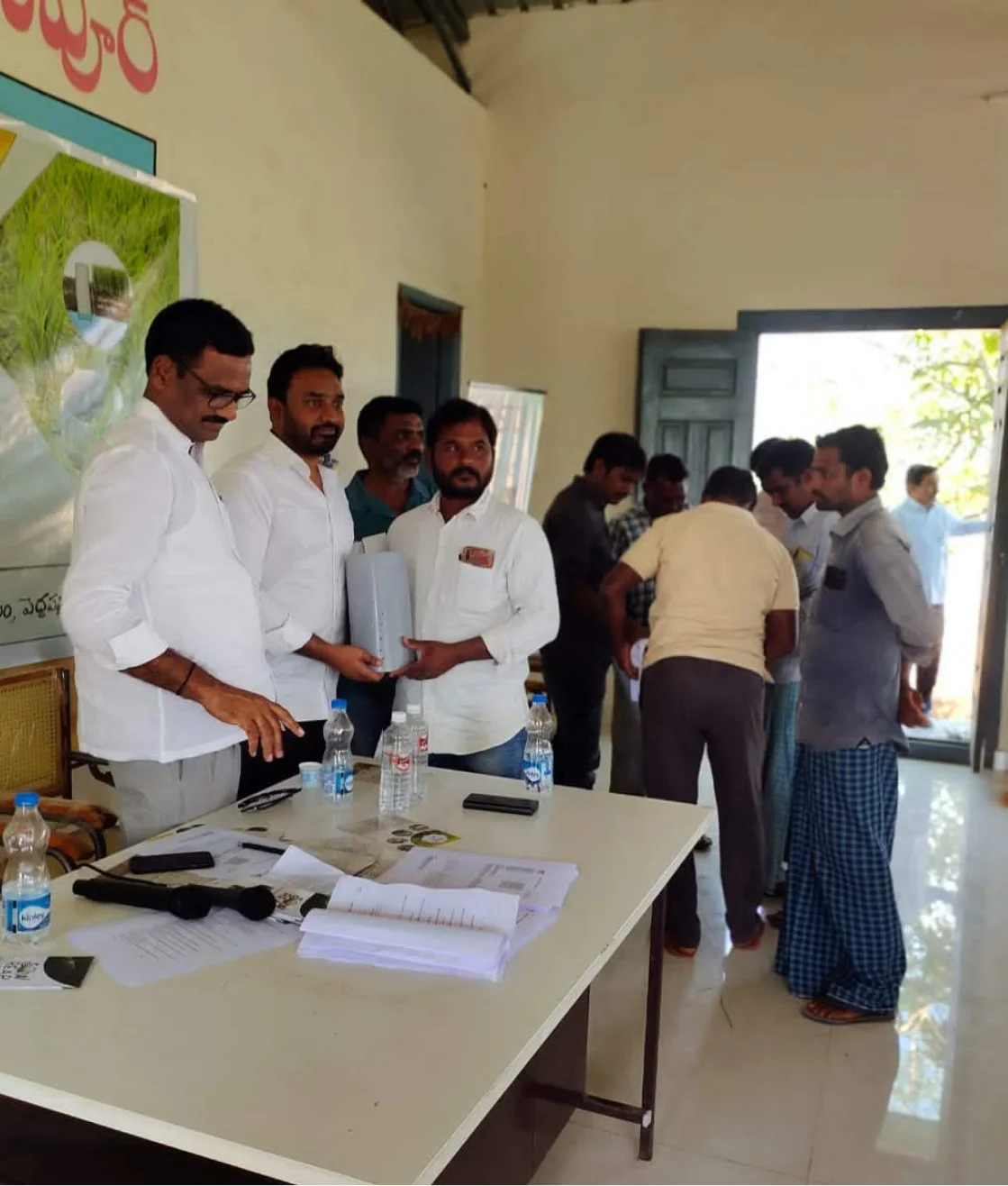
Profit maximization
We achieve profit maximization by implementing sustainable practices that enhance soil health, reduce input costs, improve crop yields, and meet the growing consumer demand for environmentally conscious products.
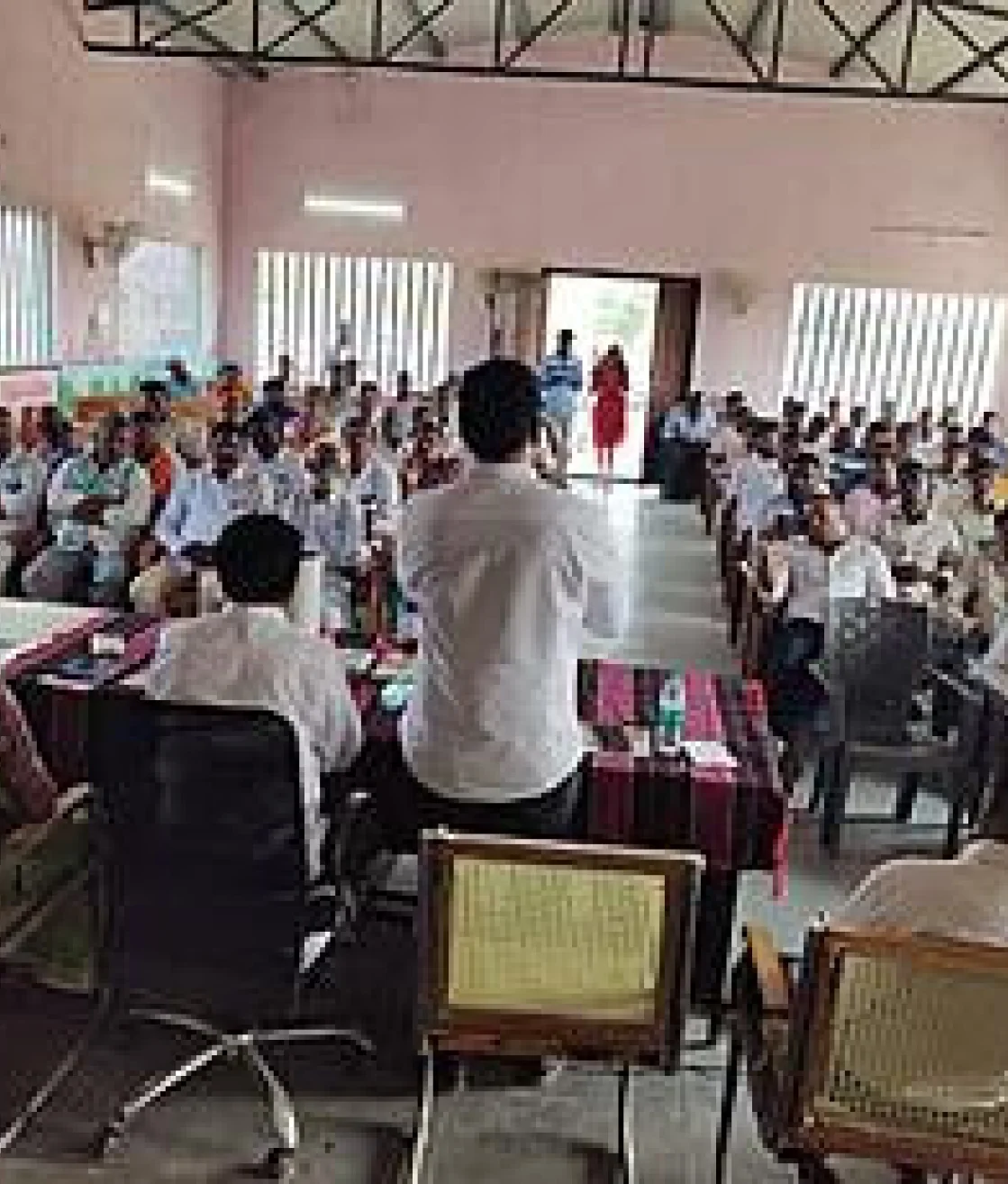
Training
We prioritize training to equip farmers with the knowledge and skills needed to implement sustainable practices effectively. Through education and practical training, they empower farmers to enhance soil health, biodiversity, and profitability.
